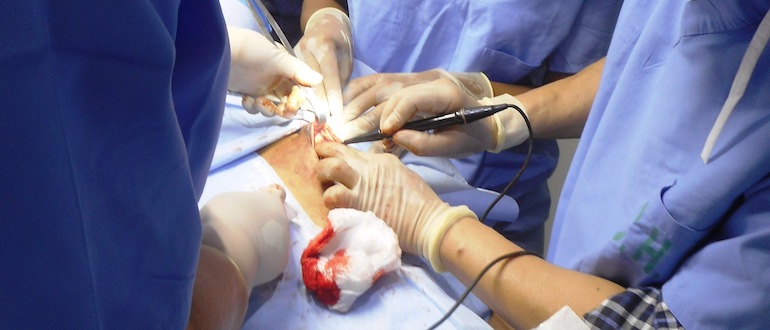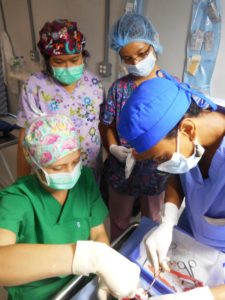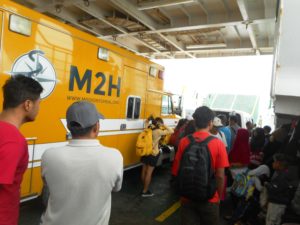
Morbidity and Mortality Part II: The Solution
This is the second in a series of posts by Mission to Heal founder Dr. Glenn Geelhoed explaining why M2H brings surgery to the people who need it most as a means to treat global morbidity. Read his first post about the top five causes of mortality in our world today, neglected tropical diseases, and the difference between morbidity and mortality here.
 With the halving of world poverty rates among the Millennium Goals, the leading causes of world morbidity are now SURGICALLY CORRECTABLE CONDITIONS; now, for the first time in history trumping communicable disease morbidity, uncovering this greater need as a marker of progress in public health control.
With the halving of world poverty rates among the Millennium Goals, the leading causes of world morbidity are now SURGICALLY CORRECTABLE CONDITIONS; now, for the first time in history trumping communicable disease morbidity, uncovering this greater need as a marker of progress in public health control.
These SURGICALLY CORRECTABLE CONDITIONS include congenital malformations (e.g. Clefts, ARM, TEV, TGDC, Strabismus), and acquired traumatic and structural problems such as hernia, fractures, burn scar contractures, and the whole panoply of safe motherhood urgently required critical needs such as 1) c-section, 2) dilation and curettage, and 3) ruptured ectopic, more prevalent with PID obstructive inflammatory disease.
The problems with the new gold standard of modern medical care – SURGERY – is that it is a skill-sensitive scarce resource where it is needed most and for those with the critical need for such services, it is inaccessible and unaffordable.
 M2H-MSU Mobile Manifesto
M2H-MSU Mobile Manifesto
Mission to Heal has a policy of FPF – the Furthest Peoples First, and after delivering surgical care to the remote people in need of it rather than expecting (or demanding) that the uninformed make their way to it on their own across barriers of language, politics, religion, ethnicity, culture, and insurmountable economics, we bring the operating room to the people and both create and service the demand that these neglected peoples are worthy of surgical care.
Then, we backfill the healthcare gap from the remote inaccessibles to the allegedly more developed and accessible who have fewer of these barrier burdens to cross, and implement whatever political and economic solutions are tried and evidence-based proven – not easily done politically even in the largest global economy the planet has ever seen (need I name names?). The lessons learned from remote surgical care are in doing 1) more, for 2) most, with 3) far fewer resources – a subject better taught by the developing world to the profligate consumers of the First World.
We cannot nor should not build a proliferation of idle tertiary medical centers around the destitute globe expending far too much on stuff instead of skills which are far more communicable, mobile, and might be applied more appropriately. That is why our Mobile Surgical Units are designed not as colonial carriers for care delivery from the largesse of the first to the needy third worlds (a global experiment previously attempted and found wanting, in creating colonial dependency and unrest) but are mobile international medical education vehicles for lessons learned BOTH WAYS.
Our task is INDIGENIZATION OF HEALTH CARE SKILLS, and our “JOB ONE” IS TO WORK OUR WAY OUT OF THE JOB.
To learn more about who we are and what we do, click here.